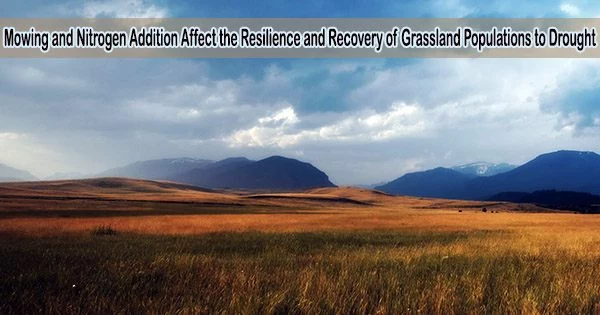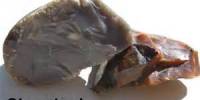Based on a five-year field manipulation experiment, the impacts of increased nitrogen intake and mowing on the resistance and recovery of temperate grassland during a three-year natural drought (from 2015 to 2017) were explored.
The experiment was conducted during 2014 to 2018 at the Erguna Forest-Steppe Ecotone Research Station in Erguna of Inner Mongolia, China. Mowing, mowing plus nitrogen addition (+10 g nitrogen m−2yr−1, N), and N plus mowing were all applied annually as treatments, while no nitrogen addition or mowing was applied to natural communities as the control.
Throughout the five-year experiment, surveys of the species composition and aboveground biomass of plant communities were conducted each growing season.
The experiment’s findings indicate that annual mowing boosted grassland biomass recovery and structural recovery but lowered structural resistance to drought, whereas nitrogen addition increased grassland biomass recovery and structural recovery but decreased structural recovery after drought.
These results highlight the need to take stability into account at various levels of ecological organization in order to fully comprehend how anthropogenic environmental changes affect ecological stability.
The stability of the dominant species and asynchronous dynamics among species were found to be major regulators of the effects of nitrogen addition and mowing on community biomass/structural resistance and recovery. The stability of grasses was also found to be a major regulator of community biomass resistance and recovery.
These findings emphasize the significance of dominating species, particular plant functional groups, and the complementarity effects among species in determining the biomass and structural integrity of drought-stricken temperate grasslands.
This study offers evidence of the significant effects of increased nitrogen enrichment and mowing on temperate grasslands’ drought responses, and it has crucial ramifications for managing grasslands in the face of growing anthropogenic disturbance and extreme weather events.
















